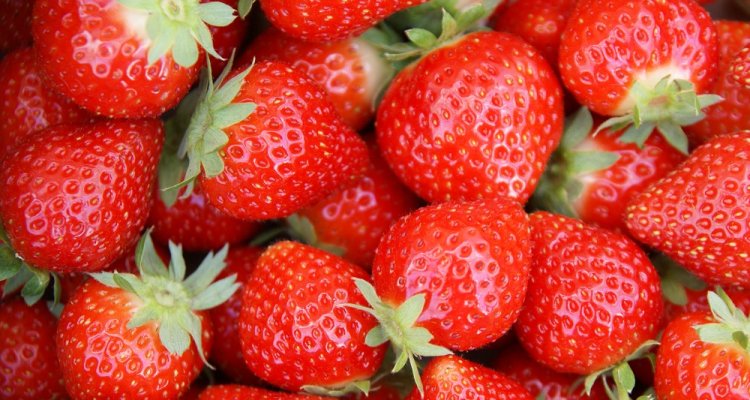
Generic article
Strawberry
For strawberries, cultivation under glass is increasing strongly, as is the increase in scale per company. At the moment, strawberries are grown under glass on almost 450 ha. With a consumption of 12 to 18 m3/m2, the strawberry is in the middle bracket in terms of gas consumption. As with fruit vegetables, there is a need in the market for year-round supply of a reliable, high-quality product.
In the Netherlands, this is impossible without the use of grow light due to the low amounts of natural light in autumn, winter and early spring, which will lead to an increase in energy consumption. The challenge is to achieve good cultivation and an excellent harvestable product with a minimum use of chemical crop protection agents with little and fossil free energy.
Everbearers
In recent years, more and more new and promising varieties of the everbearer type have come onto the market, often with a reduced susceptibility to diseases and pests. The advantage of everbearers is that the crop can be harvested for a long period of time, but the harvest takes place in large peaks and troughs, which is unfavourable for labour, quality (taste) and sales. Little is known about cultivation in the low light period and a lot of background knowledge is lacking. The application of certain chemical crop protection products should be further reduced.
Optimal use of space
At this moment the use of space in strawberry is far from optimal for almost all strawberry growers. Applying movable gutters with smaller path distances and a higher number of plants in the row, lead to a higher light interception and light utilization efficiency. This application increases the light interception from approx. 40 - 50% to 60% or higher. In a long cultivation of more than 11 months (planting date at the end of August 2019) with the ever-bearing variety Favori, a gross production of more than 25 kg/m2 has been achieved.
Further research
However, there are still some challenges with this cultivation method: fewer production fluctuations, better fruit size sorting, better elongation of leaf and truss peduncles in winter and better mildew control.